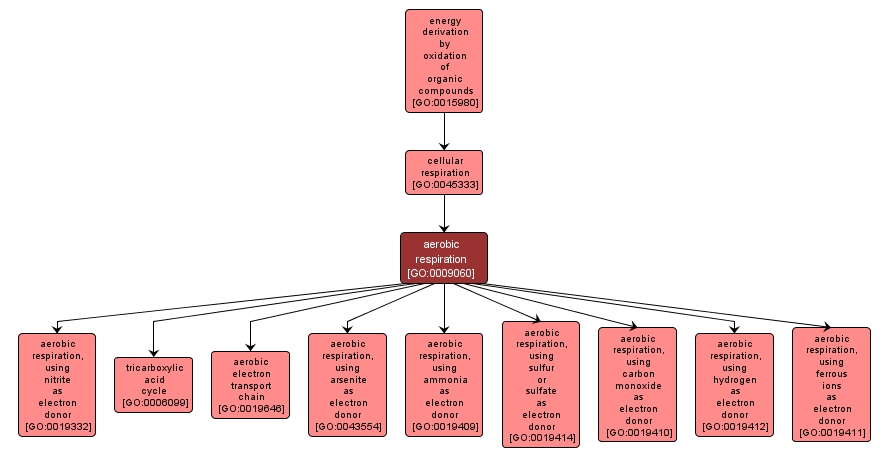GO TERM SUMMARY
|
| Name: |
aerobic respiration |
| Acc: |
GO:0009060 |
| Aspect: |
Biological Process |
| Desc: |
The enzymatic release of energy from organic compounds (especially carbohydrates and fats) which requires oxygen as the terminal electron acceptor. |
|

|
INTERACTIVE GO GRAPH
|














